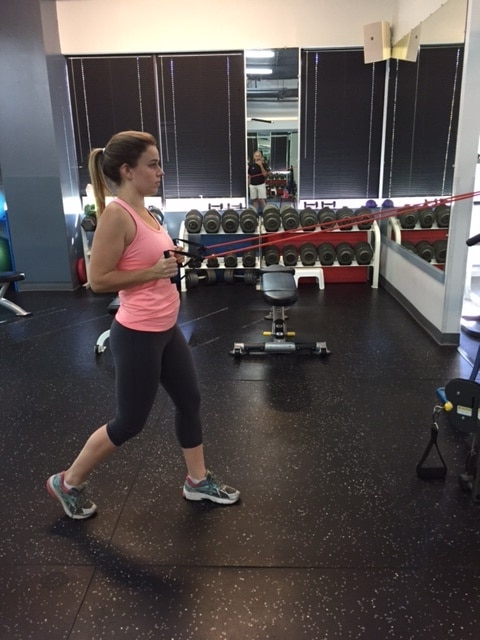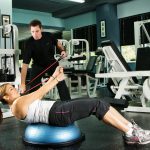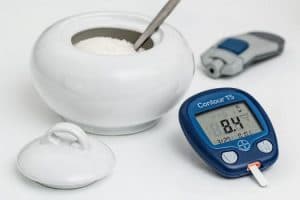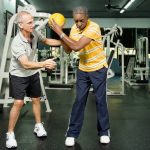Maybe you think I’m afraid of aging because I cover it so often. The reality is, we’re all doing it so I find its processes and progressions quite fascinating. Kinda like following my newborns’ progressions via the many books my wives (two divorces, so I credit each of them) had bought so we could benchmark their lives. Also, much of my work with clients is with those who are experiencing age-related changes.
This piece in the NY Times – http://www.nytimes.com/2010/10/26/health/26brody.html?_r=1&emc=eta1 – discusses the concept of physiologic reserve, a cool term I thought I’d share for those wondering why they no longer can do what they usta/coulda done. It refers to the extensive network of organic functions we have at our disposal that we rarely tap into. For example, we use very few of the billions of brain cells we possess. This allows us to keep learning things, including new movements. We also have a lot of muscle fibers we hardly ever engage – except at the highest levels of training and conditioning. This is why even as we age and lose them we can still function relatively well into our later years.
But there is a tipping point for all systems. Once that point is reached, declines occur, or at least become noticeable. Without thinking too hard about it, we can readily note the memory lapses or physical deficiencies that plague those of us over 50, even those of us who stayed in shape most of our lives. This is natural aging and we can only do so much to keep it at bay. I use this concept – now that I have a name for it, I’ll use it more, just to sound smarter – when I explain to new clients why resistance training is so important.
Personal example: when I was young and training hard, real hard, I topped out on push ups at 60. At 50, I’d start feeling tired. By 60 I was done. pretty good overall, compared to others, but it wasn’t til I got over 40 that I realized how much of a wimp I was.
I had my second child, Lydia, shortly after turning 40. So I set a goal for myself- I’d add one push up per week for her first year of life. It was easy at first but got hard at 90. So, when I had Sophia 16 months later, I set a goal of 1/month. Thus, sometime around my 42nd birthday I was able to do over 100 push ups. (today I can still pull off 80, but it’s a very hard effort.) This proved to me that I had been under-training while I was young and injury free for all those years I was stuck at 60. I had reserves but hadn’t topped out on them when I needed them most.
Nonetheless, the message I give new clients is this: if you can do 10 push ups at 30, and do them daily til you are 60, while it’s a feat relative to your peers, because you’ve been losing muscle fibers all those years, you’re now working at a much higher percentage of your overall capacity. So building up now – at WHATEVER age – will enhance your ability to maintain higher levels of function as your body starts to decline. You can always get stronger, at any age, but you have to work on it harder now while you can – at whatever age you begin. So, get started; start getting stronger; that way, your physiologic reserves are greater for that time in life when not enough is not an option.















